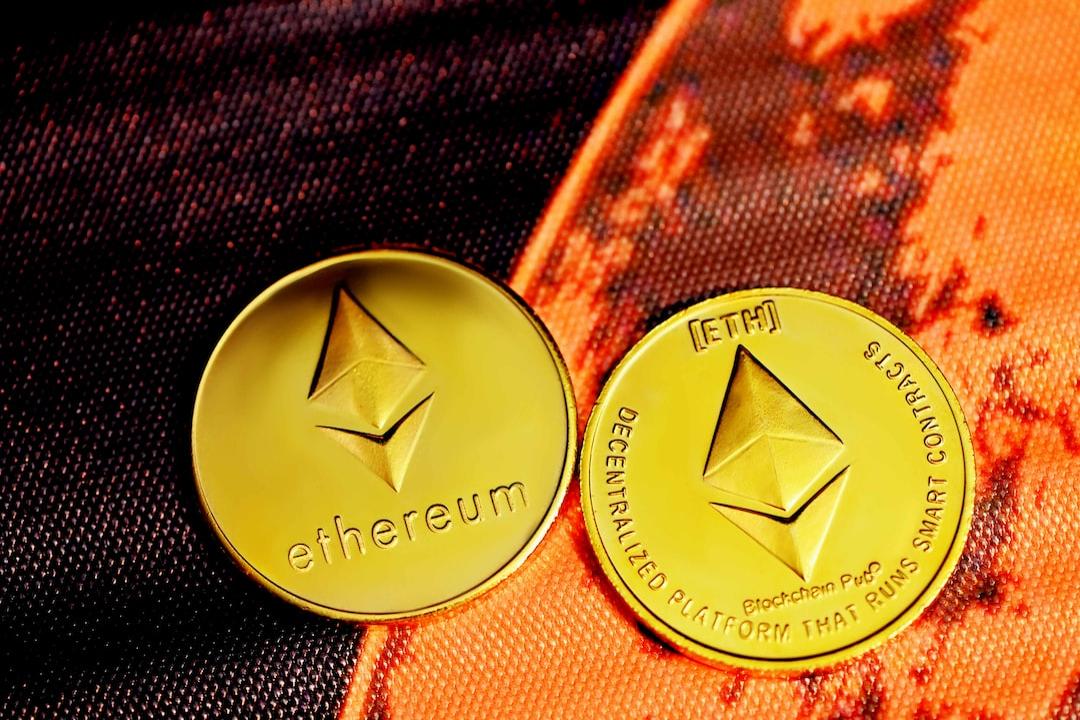On February 26th, Polygon’s modular blockchain project Avail announced the completion of a $27 million seed funding round. Founders Fund and Dragonfly led the investment, with participation from SevenX Ventures, Figment, Nomad Capital, and others. Angel investors included former Coinbase CTO Balaji Srinivasan, co-founder of Osmosis Sunny Aggarwal, chief information security officer of Polygon Mudit Gupta, and chief operating officer of AltLayer Amrit Kumar.
As a newcomer in the Web3 field, Avail’s establishment and development have garnered wide market attention. Avail was spun off from Polygon in March 2023, led by Polygon co-founder Anurag Arjun. Avail stated that this funding round will help accelerate the development of Avail Trinity, a three-stage roadmap aimed at providing a secure, scalable, and seamless Web3 experience for users.
Avail’s Trinity Roadmap:
Avail believes that many Rollup and Layer2 solutions on Ethereum currently lead to fragmentation of users and liquidity, resulting in a disjointed user experience reminiscent of the early days of the internet. The Avail ecosystem aims to balance scalability, interoperability, and security without compromise, which is the design philosophy behind Avail’s Trinity components.
1. Avail DA: The first foundational component of Avail Trinity is Avail DA, a layer built for data availability that can accommodate various chains. Avail DA utilizes validity proofs and Data Availability Sampling (DAS) to provide rich blob space for Rollup builders and serve as a foundation for multiple Rollups.
2. Avail Nexus: Avail Nexus is an interoperability layer built on Avail DA, consisting of zero-knowledge proof-based coordinated Rollups. It includes proof aggregation/validation layers and a sorter selection/slot auction mechanism, allowing settlement across Rollups (not just those built within the Avail ecosystem) and ecosystems. This mechanism is achieved by embedding validity-proof-based Avail DAS light clients and executing proof aggregation. The aggregated proof is subsequently sent to Ethereum.
3. Fusion Security: Fusion Security ensures the economic security of the platform, allowing Avail’s underlying chain to integrate non-native tokens to enhance security and bring in more liquidity from other blockchains into the Avail ecosystem. In other words, Bitcoin, Ethereum, SOL can also contribute to Avail’s consensus. Fusion Security draws inspiration from Eigenlayer, Babylon Chain, and Osmosis.
In terms of operation, Avail’s DA layer generates and protects blockspace that other blockchains can use as their plug-in data availability layer. Using a dedicated AppID, blockchains publish transaction data to Avail, which is then submitted and made available. The data published on Avail blocks is verified by the Avail network. Avail utilizes validity proofs, so developers and users do not need to trust that Avail network data is available; they can verify it themselves. Avail uses KZG polynomial commitments to ensure data occupies a place in Avail block headers. Once a new block is ultimately determined by validators, validity proofs can be used to guarantee the availability of data after the final determination. Avail’s nominated proof-of-stake (NPoS) blockchain is built using the Polkadot SDK and will support up to 1,000 external validators.
Avail Token Utility:
It is worth mentioning that Avail introduced the Avail token in its vision statement, which will play a crucial role in the network’s economic circulation. The DA, Nexus, and Fusion Security layers of the Trinity will be protected through Avail token staking. Additionally, transaction and cross-chain fees will be paid with Avail’s native tokens to ensure the network’s self-sustainability and provide incentives to all participants.
According to the diagram, to become part of the sequencer pool and proof aggregation pool, one can stake AVAIL tokens and earn a portion of sequencer fees and cross-chain fees.
However, Avail has not yet disclosed token economics and airdrop details. According to available information, Avail has closed the “Kate” testnet and shifted its focus entirely to the Goldberg testnet and mainnet finalization.
Previously, Avail launched the Clash of Nodes incentive testnet in November last year. Validators, light client operators, and anyone could help validate the network, earn points, and potentially receive rewards. Clash of Nodes continues to introduce new challenges this month, including the Dymension and Karnot partner challenges. A week ago, Avail stated, “Users must have points on the leaderboard to be eligible for rewards. For everyone who made it to the Dymension and Madara leaderboards, please stay tuned as rewards are being finalized.”
Currently, only the “Attack the Treasury” challenge is open based on the Clash of Nodes challenge list updated by Avail on February 23rd. The other challenges have ended. The “Attack the Treasury” challenge allows the discovery and exploitation of potential vulnerabilities in the treasury or destruction mechanisms.
With the gradual progress of Avail’s Trinity roadmap and the continuous maturity of its technology, we can expect it to bring a more complete, convenient, and secure user experience to the Web3 ecosystem. At the same time, this will bring new opportunities and challenges to the entire Web3 industry.
This article is authorized for reprint by Foresight News.

